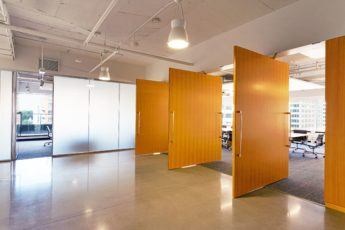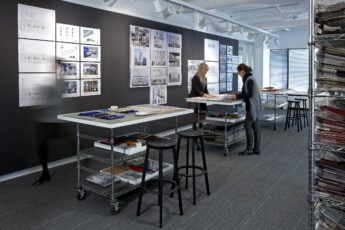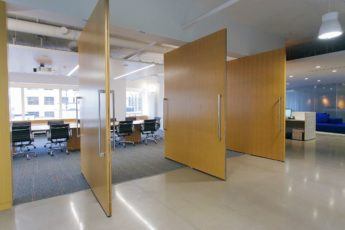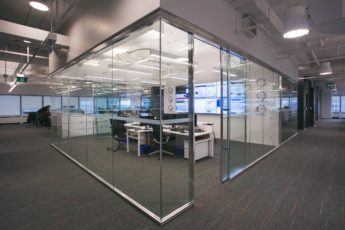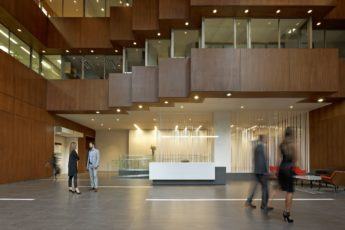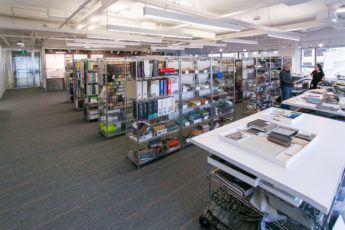Yonge + St. Clair
August 30, 2016
IBI Group talks Architecture with Yonge + St. Clair
This past week, the Yonge + St. Clair Blog visited the offices of IBI Group at 55 St. Clair West to speak with Architect David Hastings about his firm, architecture, the Yonge + St. Clair community, and his favorite lunch spot. David has been practicing architecture in Ontario for over 30 years and oversees the firm’s architecture and interior design practice for the Greater Toronto Area. He is a recipient of the Governor General’s Medal for Architecture in Canada.
What sets IBI Group apart from other architectural firms?
We’re more than architects. IBI stands for “Intelligence, Buildings, and Infrastructure.” We bring a multi-disciplinary approach to everything we do, from architecture to city planning. This is an approach that began right at the outset. When the firm was founded in 1974, we already had four domains of practice: Urban Development, Architecture, Land, and Transportation.
Of course, over time, we have only built upon and added to those domains. What started as two offices in Toronto and Vancouver has grown into 63 offices all around the world. The IBI Group is now the fourth largest architecture firm in the world.
How is life as an architect at IBI?
As an architect at IBI, I’ve always found it fascinating to be involved with projects that I wouldn’t get close to in a traditional architectural practice – sometimes I’m doing transportation and sometimes I’m doing systems planning. I also think that this opportunity allows me to be a better architect, because it gives me a much broader perspective. Each element is a piece in a much larger framework.
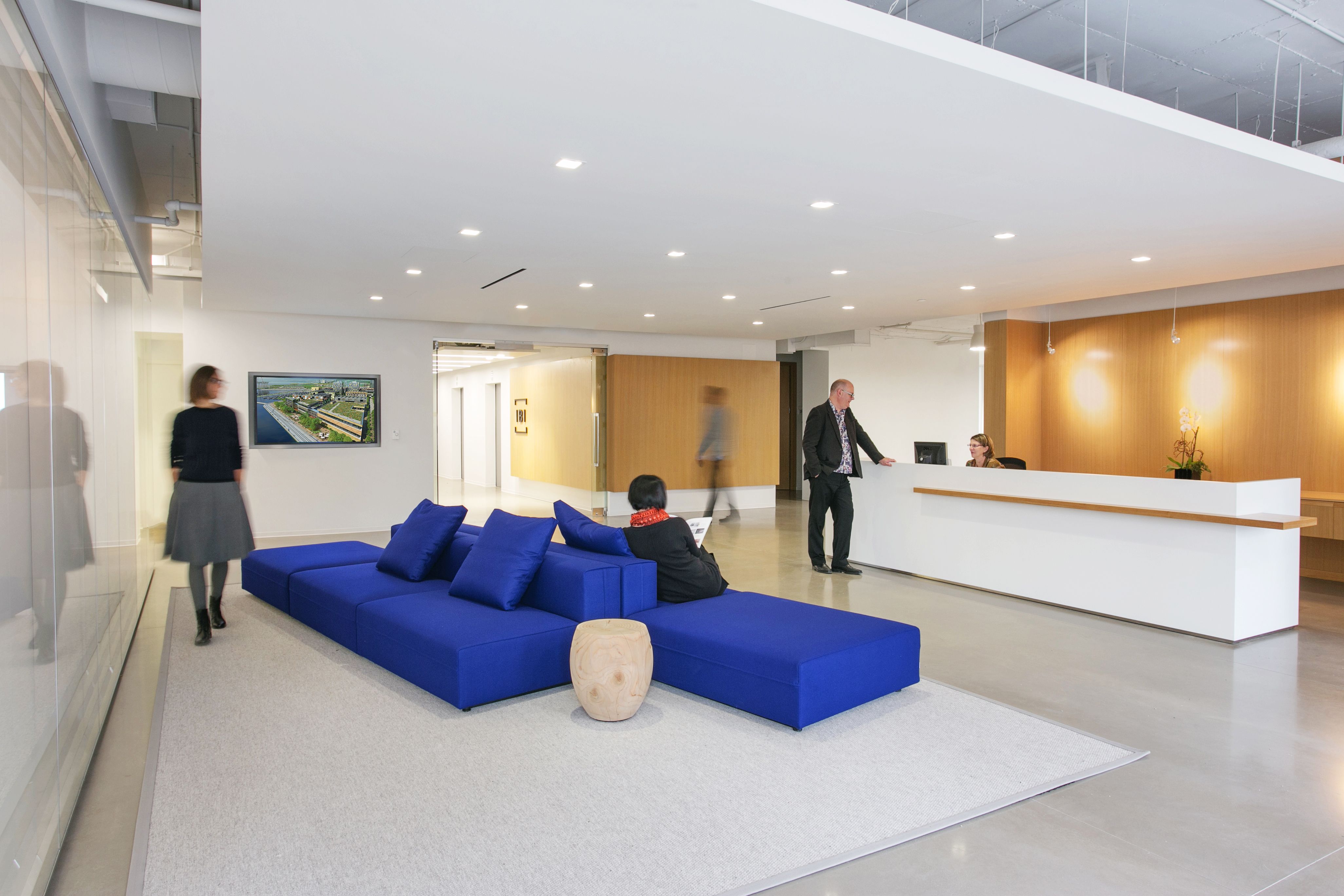 What is your architecture design philosophy?
What is your architecture design philosophy?
I always look for context in anything we build. Stand alone architecture as a sort of trophy is questionable to me.
I’m always pushing our architects to broaden their horizons and think about the context in which they’re designing and building. Elements of urban planning, transit, landscape architecture, the local culture, and much more have to be considered.
It should never be architecture for architecture’s sake. It’s a balance between respecting the local context and also creating something that advances the building of a community.
What has been your favourite project to work on over your career?
Up until a few years ago I had never worked on a healthcare project. Then and I was fortunate to be involved in the repurposing of the Sherbourne Health Centre that now serves many marginalized groups in the area (Sherbourne and Carlton). This project was a result of the Wellesley hospital shutting down. A lot of their clientele got either siphoned off to St. Michaels, or was left homeless, both literally and figuratively.
It was really meaningful to provide architectural and design services to an effort that was providing that kind of support for the community. Trying to make an environment that is conducive to healing and quality living has been very rewarding.
IBI has over 150 LEED accredited professionals on its roster, and with projects like Women’s College Hospital and Delta Toronto being LEED Certified, sustainability is an important element in IBI’s work. What is your attitude towards LEED and sustainable design?
The LEED accreditation has been monumentally important in changing people’s attitudes towards sustainability – as both a philosophy and technology. At IBI, we use the term ‘biophilic design’ which has to do with going through and thinking about the biology of what it is we’re building and how we fit into that ecosystem. LEED is big part of sustainable design and is a major philosophy attitude in my work.
What drew IBI to establish their Toronto Global Office at Yonge + St. Clair?
Before we moved into 55 St. Clair 2 years ago, we had made ourselves homeless by selling our building downtown. It took us well over a year to find the right building in the right area. A big thing was finding a place with big floor plates that wasn’t really possible downtown, and after looking at over 30 locations this building really stood out for us.
What is it about 55 St. Clair West that stuck out?
We‘re sitting in a building that was built in 1982 – technologically the building is 1982. But it has very forward-thinking attributes. The physical layout of the building, the access to natural light, the big floor plates, and the indoor/outdoor terraces surrounding our space are all very current in design thinking today.
The view isn’t bad either [laughs].
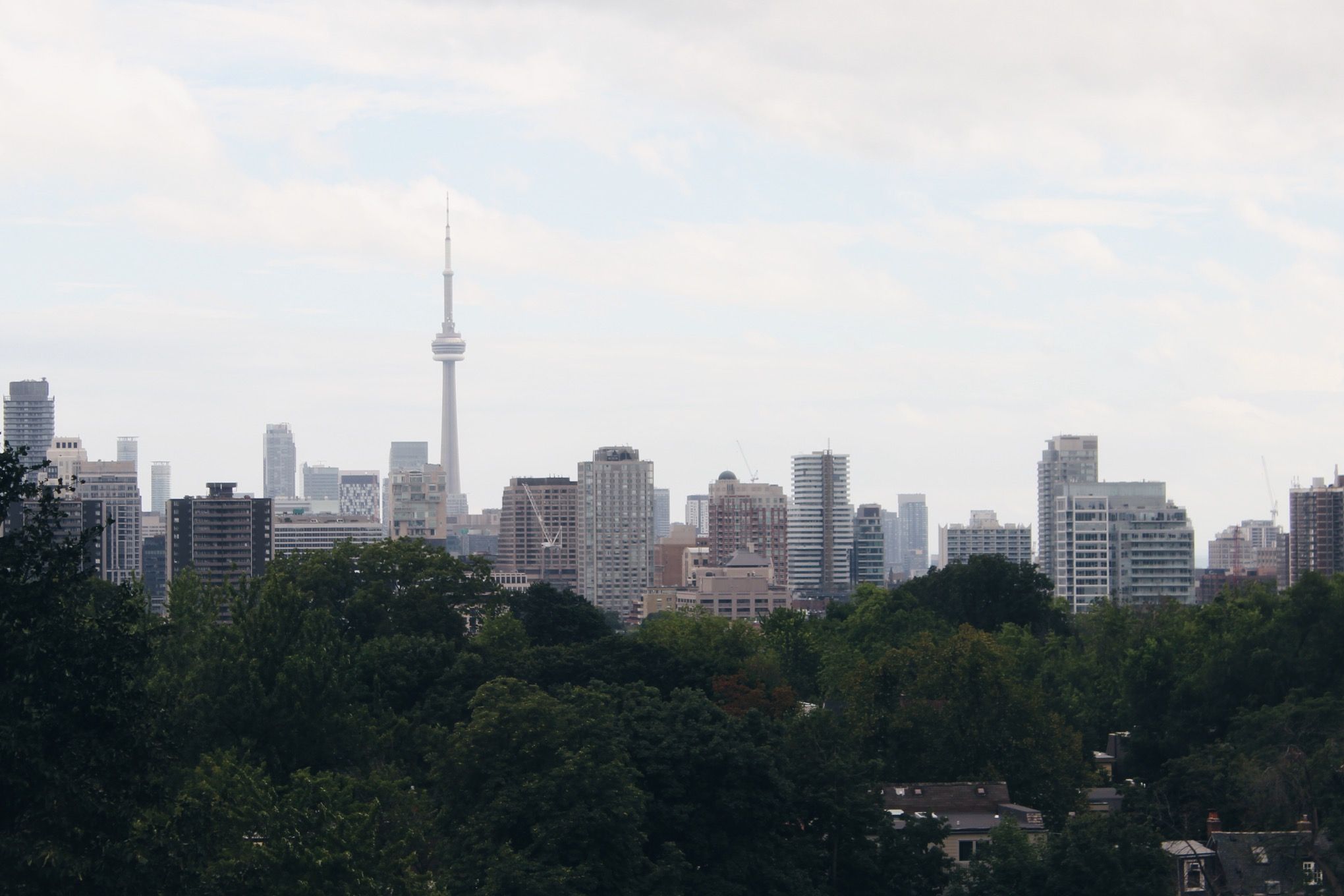
What are your thoughts of Yonge + St. Clair?
Yonge + St. Clair has been a neighbourhood in transition and that’s very interesting to us as professionals. We have witnessed firsthand its evolution and have been able to compare it to our old neighbourhood downtown.
When I lived here, a long time ago [laughs], the retail was a lot of high–end shops and the restaurants were very boring. But then the shops left and the area became a little seedy. There have been some ups and downs over the decades.
Now, with all of the investment being made in the area, it‘s ripe for a new generation to come in and make their mark on the food, culture and retail scene.
Speaking of food, what’s your favourite lunch spot?
I really like the Italian places along Yonge Street. There are a few of them down there and they’re all good. What Yonge + St. Clair really needs is a good greasy spoon.
There’s always Holy Chuck Burger.
Oh really? I’ll have to check it out.
[Laughs] It’s good and greasy! Thanks David.
My pleasure.
